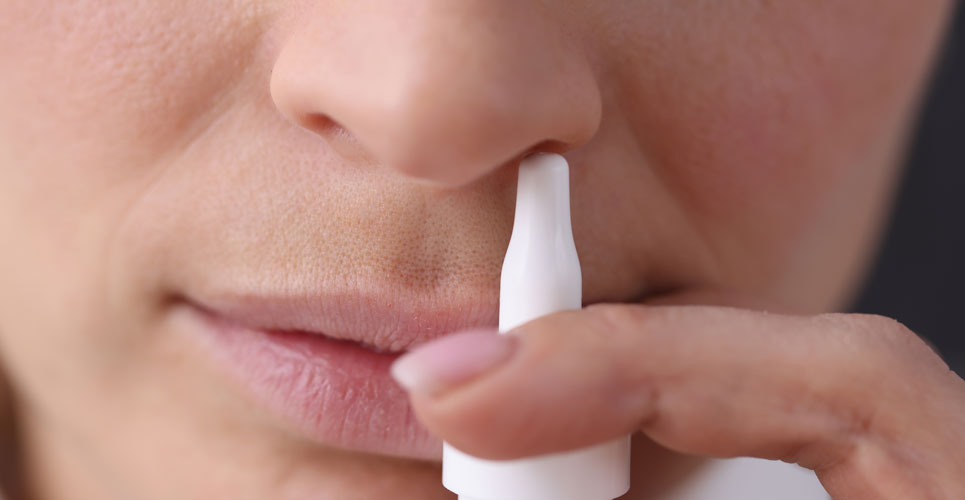A human challenge study where volunteers are deliberately infected with COVID-19 has provided useful data on the progression of the infection
The results of a human challenge study, available as a pre-print by researchers from Imperial College, London, has revealed much about the progression of a COVID-19 infection. Human challenge studies involve the deliberate infection of individuals with an agent which is known to cause infection. While this type of study would not normally be undertaken during the course of a pandemic, particularly where there are still some uncertainties about the virus, emerging evidence suggests that infection with COVID-19 is generally mild in healthy, young, non-smoking adults aged 18–29 years. Thus individuals meeting these criteria would therefore serve as low-risk participants for any type of human challenge study.
Human challenge study
Using young adults without co-morbidities, in the present study, the UK researchers recruited 36 healthy volunteers with a mean age of 21.8 years (72% male) and none of the specific and recognised risk factors for severe COVID-19 infection. As this study was undertaking during the pandemic, the researchers took extra precautions and participants were admitted to individual negative pressure rooms in an in-patient quarantine unit with 24 hour medical monitoring and access to clinical support if required. Each were given a dose of the wild-type COVID-19 which was administered via nasal drops. In addition, the first 10 volunteers received pre-emptive remdesivir once two consecutive nose and throat swabs showed quantifiable COVID-19 virus after PCR testing, in an effort to mitigate any unexpected progression of the infection to more severe disease.
Interestingly, only 18 (53%) participants developed a PCR confirmed COVID-19 infection and viral shedding from throat swabs was detectable 40 hours (roughly 1.67 days) post-inoculation, which was significantly earlier (p = 0.022) than from the nose, which was only detectable at 58 hours. Viral particles from the throat peaked 112 hours post-inoculation (roughly 4.7 days) and after 148 hours from the nose.
Among those who became infected, the virus could be detected at high levels for several days and remained present 14 days after inoculation. Following inoculation, self-reported symptoms became apparent 2 – 4 days later and were generally mild-to-moderate in severity, peaking 112 hours after inoculation, which aligned with peak viral load levels. Although anosmia only developed in 9 of the infected participants, it persisted for at least 180 days in 5 of them. One of the interesting observations from this human challenge was how after 28 days, 33% of nose and 11% of throat samples remained positive for COVID-19. Serum antibodies were detected among infected participants after 14 days with levels roughly doubling at day 28.
Among the 10 who were given remdesivir, 6 still became infected though there were no apparent differences in viral load between treated and untreated individuals.
With lateral flow antigen testing becoming a recognised strategy for at home testing, the researchers observed that none of the uninfected individuals tested positive, but that the median time for a positive result was 4 days post-inoculation for those who became infected and viral load was identified as a significant predictor for a positive lateral flow test result.
Summarising the findings of this human challenge study, the authors noted how only just over half of those inoculated became infected, which was something they were unable to explain, and that viral loads increased rapidly within 2 days of inoculation. In addition, while symptoms were present in 89% of infected individuals, despite high viral loads, these symptoms were generally mild-to-moderate in severity. Although symptoms were present after 2 days these peaked between days 4 and 5. They added that high viral shedding occurred irrespective of symptom severity which suggested that the virus was highly transmissible. Finally, given that viable viral was detectable 10 days after inoculation, the authors suggested that these data supported the isolation period of 10 days after symptom onset.
Citation
Chiu C et al. Safety, tolerability and viral kinetics during SARS- CoV-2 human challenge Nature portfolio 2022

